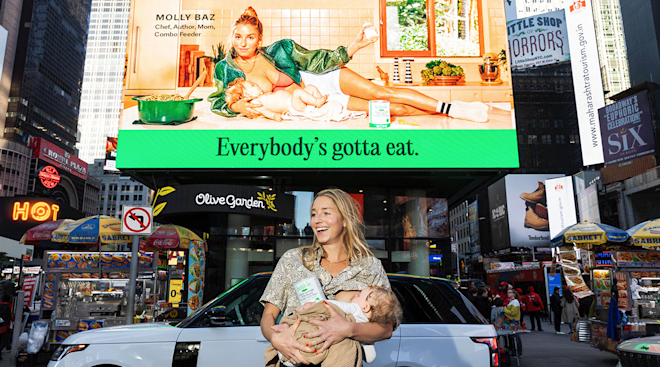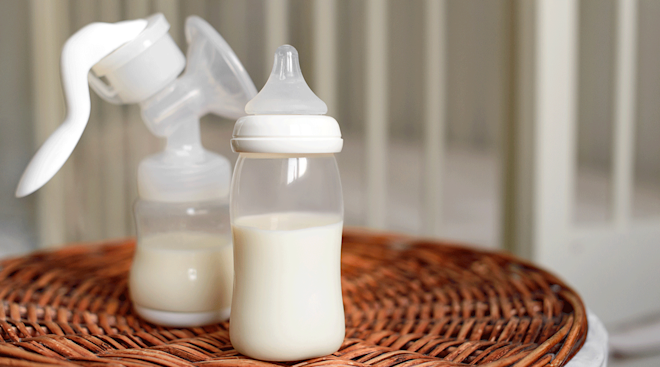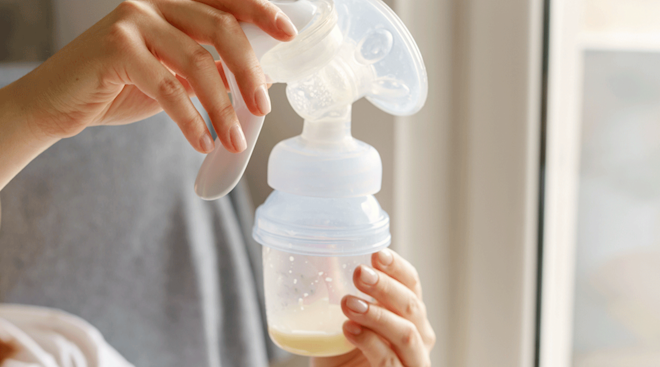Q&A: My Nipples Are White, What's Going on?
You could be experiencing something known as “Raynaud’s Phenomenon.” When you get cold and/or stressed, small arteries constrict (aka vasospasm), causing intense pain and a temporary loss of pigment.
Raynaud’s Phenomenon occurs most often in women between the ages of 20 and 49, and it is reported more often in the fingers and toes, but it can affect the nipples too. If this is happening to you, it might have occurred during — or before — pregnancy as well and is not related to breastfeeding. It can be affected by breastfeeding, though. You might experience vasospasms if baby has a shallow latch or when the temperature changes as your nipple leaves baby’s mouth. These vasospasms would probably occur on both sides (not just one), and your nipple might turn white, then blue (and maybe red too), before returning to its normal hue.
If you think you are experiencing Raynaud’s Phenomenon, talk to your doctor. Avoiding the cold can help (cover your nipples ASAP after nursing), and you can apply dry heat to your breasts when you experience this pain. Caffeine and nicotine can make symptoms worse, so steer clear of coffee and cigarettes. Calcium, magnesium, and vitamin B6 supplements are helpful to some women. There are also reports that a low oral dose of the drug nifedipine can help: It is considered safe for breastfeeding moms and babies.
You might also experience vasospasms (not related to Raynaud’s Phenomenon) if your nipple has recently been damaged or if you’ve recently had thrush. Take measures to promote healing and to correct whatever caused the damage. It can take a little while for your nipple to get back to normal after the problem has been solved.
Nipple “blanching” (turning white) can also happen if your baby is having problems latching. If your nipple is flattened, creased, or otherwise shaped funny when baby finishes feeding, your nipple is being compressed. You’ll need to work with baby to help him achieve a deeper latch (or to otherwise stop chomping on your nips.). Enlist a lactation consultant for help.
Please note: The Bump and the materials and information it contains are not intended to, and do not constitute, medical or other health advice or diagnosis and should not be used as such. You should always consult with a qualified physician or health professional about your specific circumstances.
Navigate forward to interact with the calendar and select a date. Press the question mark key to get the keyboard shortcuts for changing dates.




















































